A New Felt Board
Yesterday (well, late last night, actually!) I made a new feltboard. DD got up and played with it right away. It’s greatwhen something relatively easy is such a big hit. I give moredetails about how I made it in the following posts.
Making Homeschooling Hands-On, Engaging, Meaningful & Memorable! Be inspired by all the possibilities!! Check out our unit studies, packets and printables!
Yesterday (well, late last night, actually!) I made a new feltboard. DD got up and played with it right away. It’s greatwhen something relatively easy is such a big hit. I give moredetails about how I made it in the following posts.
We just got home from Sydney and Canberra (I posted afew pictures below and will post more later this week), butI had a bee in my bonnet and made a new felt boardlate last night! I scoured the internet for felt boards made by other people.This is what I decided upon. I bought a large piece of feltfrom a fabric store and two canvas panels for painting. Iput three holes...
Here are some ways the felt board can be used. You canuse it for free play (shapes), dress up play (like the bearin the last picture below, laminated pictures like thefairies you see below (just tape a piece of sandpaper on theback) and patches. I happened to have lots of patchesaround that I never used. They’re pretty and work wellon the felt board. Someone else suggested using felt boardsfor letters...
I saw this craft (I think on the Crafty Crow, butI’ll add the link later) and happened to mention thisto LD yesterday. First things this morning he wanted tomake it. Everyone got into the action.
While we don’t really need it today with highs around 25C/80F it’ll come in handy on Wednesdayif the temperature climbs to 35C/96F as predicted!
DD did a couple of different masks while LD made a knight’shelmet out of paper mache. He came across this project in aScooby Doo magazine and begged to do it. “I’ll even get my handsdirty this time!” he told me. (The first time we did a paper macheproject he didn’t want to get his hands dirty with the flour-glue.) Paper mache recipe: mix 1/2 cup flour and 1/2 cup water. ...
by Liesl - Homeschool Den · Published September 5, 2009 · Last modified February 21, 2016
We tried this spider web craft that we came across at http://www.artprojectsforkids.org/2008/01/colorful-spiderweb.html
LD made this cardboard tank about a month ago. He wasvery excited by this project so I thought I’d share theinstruction link for others if you’re interested:http://www.instructables.com/id/How-To-Make-a-Cardboard-tank/
Most every week Mom puts up a new artist in our weeklycalendar. Below are pictures by Norman Rockwell andAlbert Bierstadt. We’ve also done some of the followingartists:Leonardo DaVinciMichelangeloRembrandtVan Gogh I usually post a self portrait of the artist and we talkbriefly about each picture (what they see, what they likeor don’t like about it) and leave it at that. I notice it doessink in as LD noticed a Van Gogh’s...
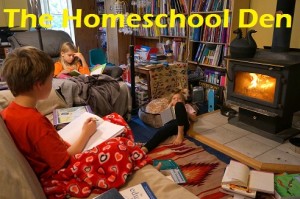
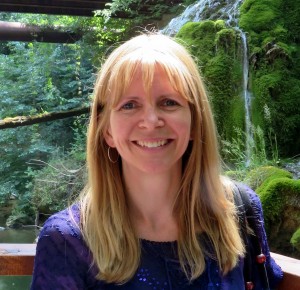
Do you believe education can be exciting, inspiring, and full of joy? We do too!
I love the quote by William Butler Yeats, "Education is not the filling of a pail, but the lighting of a fire." It's about getting the kids involved, engaged, and fired up about learning (while juggling the rest of life too!)
A bit about me: I have my Master's from Brown University. I have more than 20 years of teaching experience. I was a high school teacher for many years both in the U.S. and internationally and also taught for the University of Maryland before leaving to homeschool my 3 wonderful kids.
To read more about us CLICK HERE.
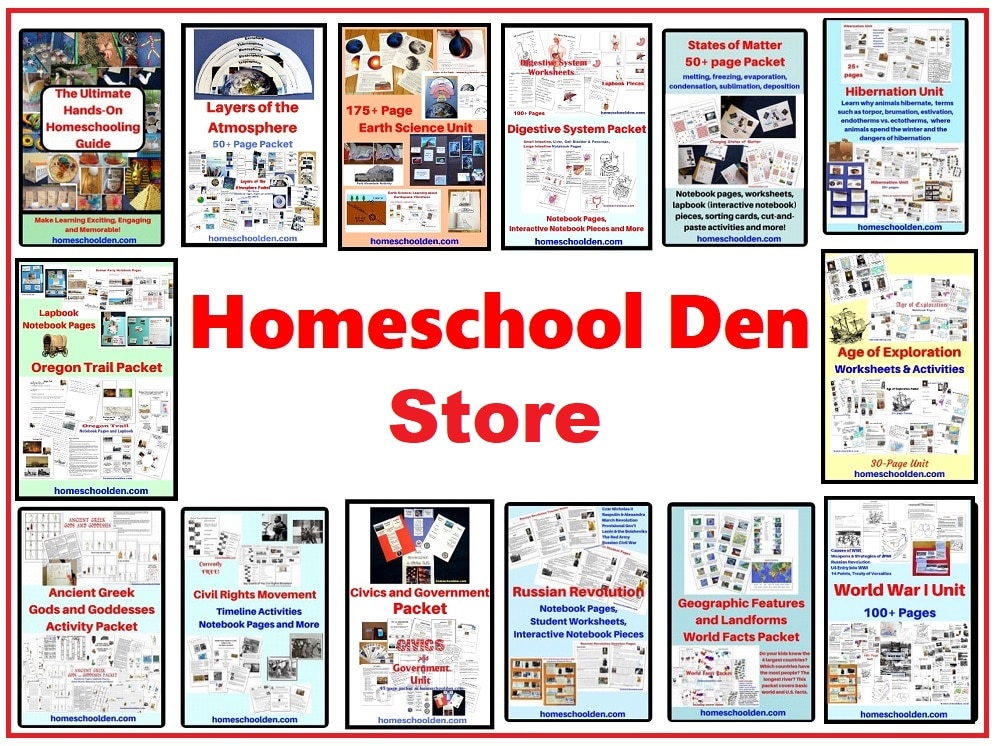
Click on the image to find out more about the units and packets we have available.

This post has links to dozens of posts and resources both for new and veteran homeschoolers for everything from finding homeschool curriculum to general homeschool advice and encouragement.
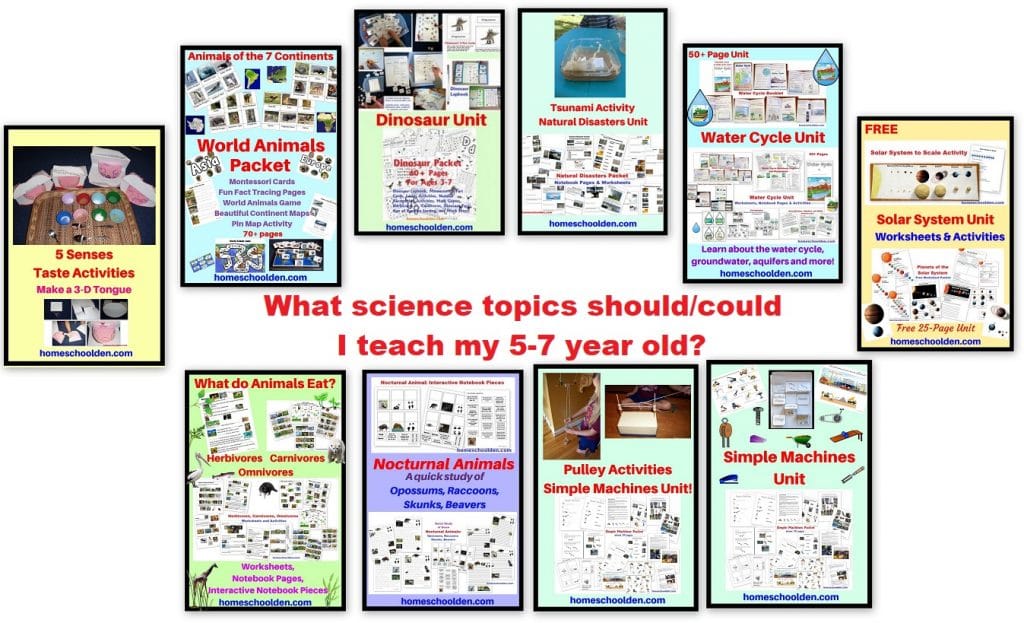
What science topics could I teach my 5-7 year old - Homeschool Science Curriculum

Click on the image above to see the Science Units we covered in our homeschool from elementary through middle school (and beyond!).
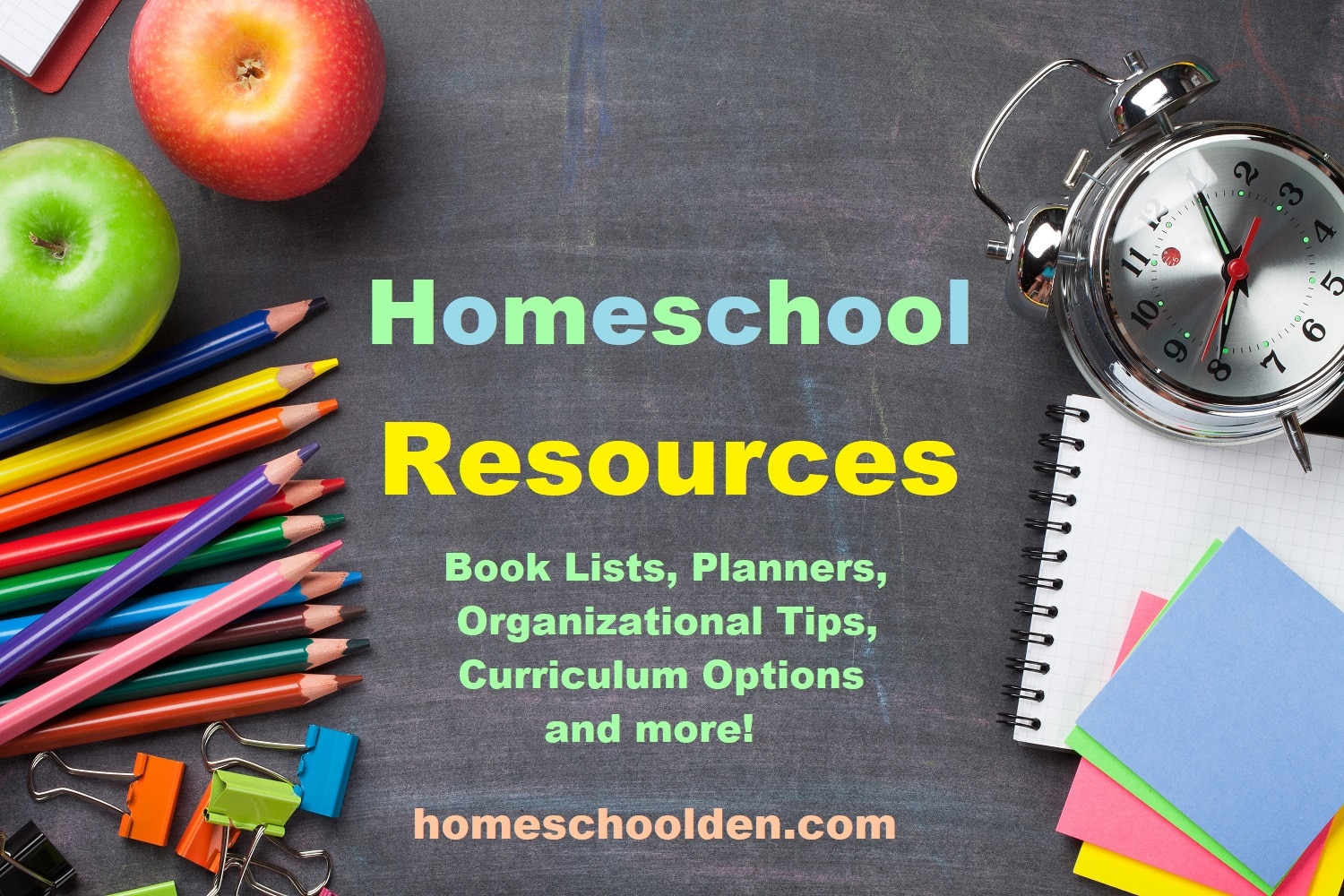
A list of the books we've used most in history, science, math, language arts, etc.


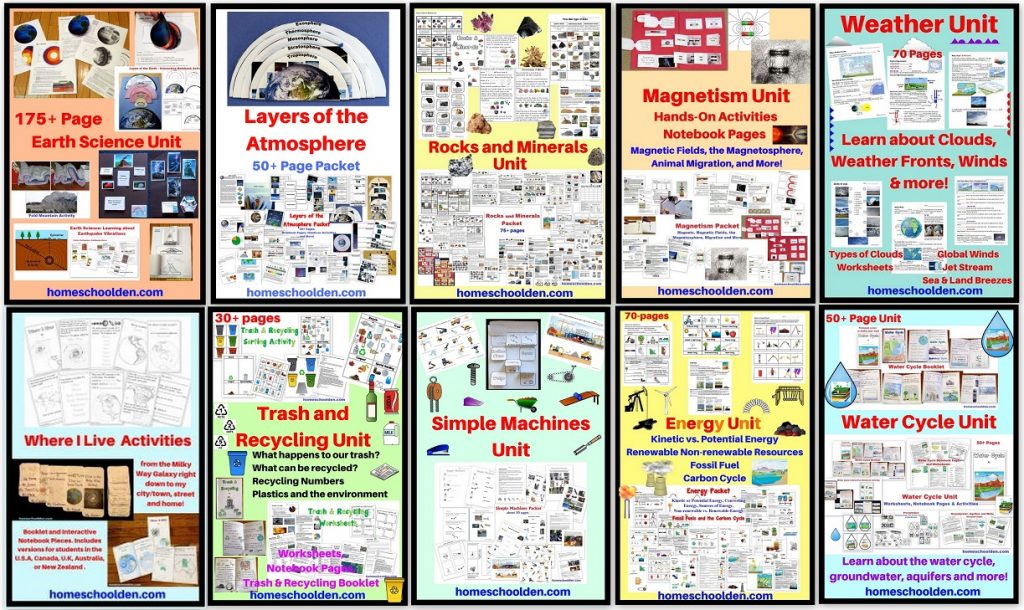
Click the image to check out our packets on Earth Science, Rocks and Minerals, the Atmosphere, Weather, Energy and More!
Units are also sold separately.
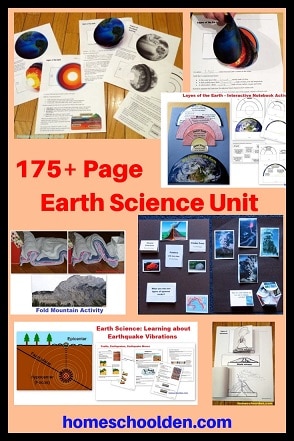
This is one of our most popular units. It covers the Layers of the Earth, Plate Tectonics, Earthquakes, Volcanoes and More! It is included in the Earth Science Bundle (see the picture/link above).

Click the image to see our Biology Units on Animal and Plant Cells; the Biology Unit on Biomes, Food Chains, Symbiosis; Scientific Classification & Taxonomy (Domain/Kingdom/Phylum/Class, etc.); Botany - Plant Kingdom and Oceans and Oceanography.
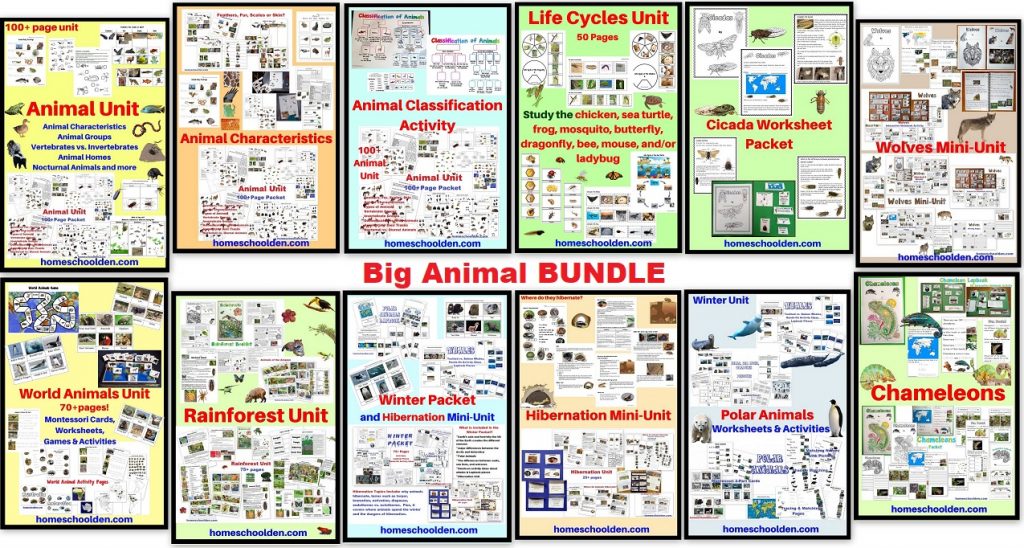
Click on the image to see our Animal Bundle - including the Animal Unit, Life Cycles, the Rainforest, Winter (Polar Animals) & Hibernation, Chameleons, Wolves, Cicadas and more!

The Human Body Systems, Skeletal, Digestive, Circulatory, Muscular, Nervous, Endocrine Systems and More (with lots of hands-on activity ideas)! We usually study a different body system each year.

Click on the image to see our units on the States of matter, Properties of Matter, Electricity & Circuits, and the Chemistry Unit (Get to know the Periodic Table in a fun way!)

This is a free checklist I put together of the various science units I hope to cover in the elementary and middle school years.
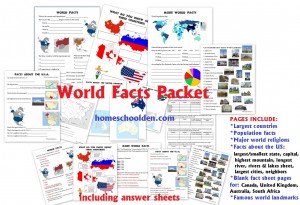
Do your kids know the 4 largest countries? Which countries have the most people? The longest river? This packet covers basic world and U.S. facts and also covers geographic features and land forms.
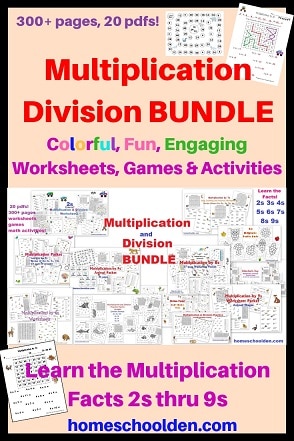
This is one of the best values we have... more than 20 PDFs with games, activities and worksheets to learn/practice the multiplication facts ($7.00).
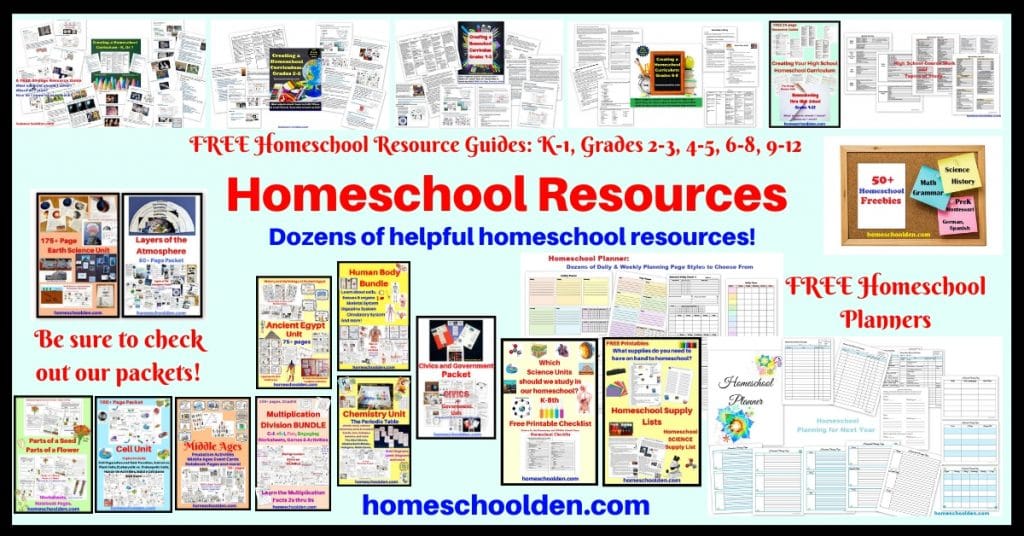
Click on the image to discover some of the pages, posts and homeschool resources within our blog that might be the most useful for you including a long list of our freebies!
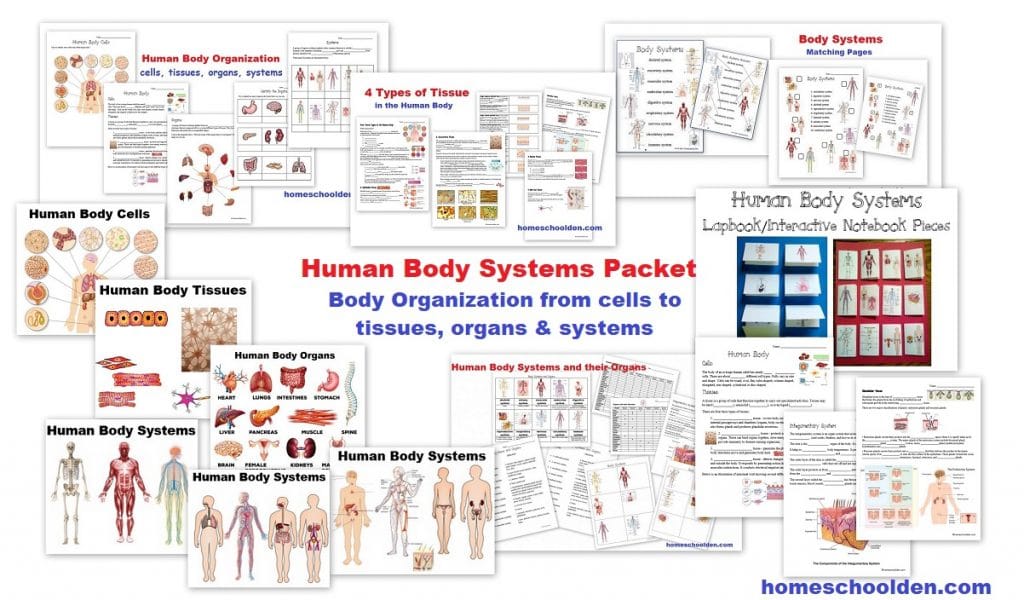
How the body is organized from cells to tissues... organs to body systems